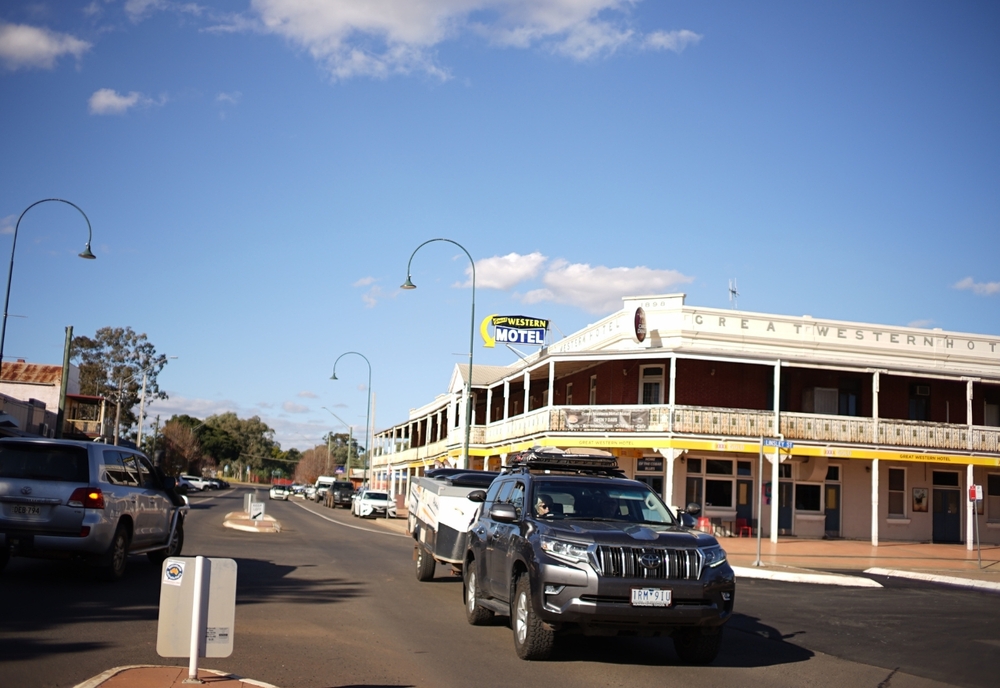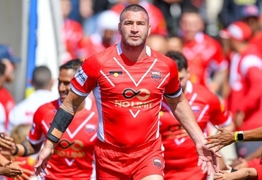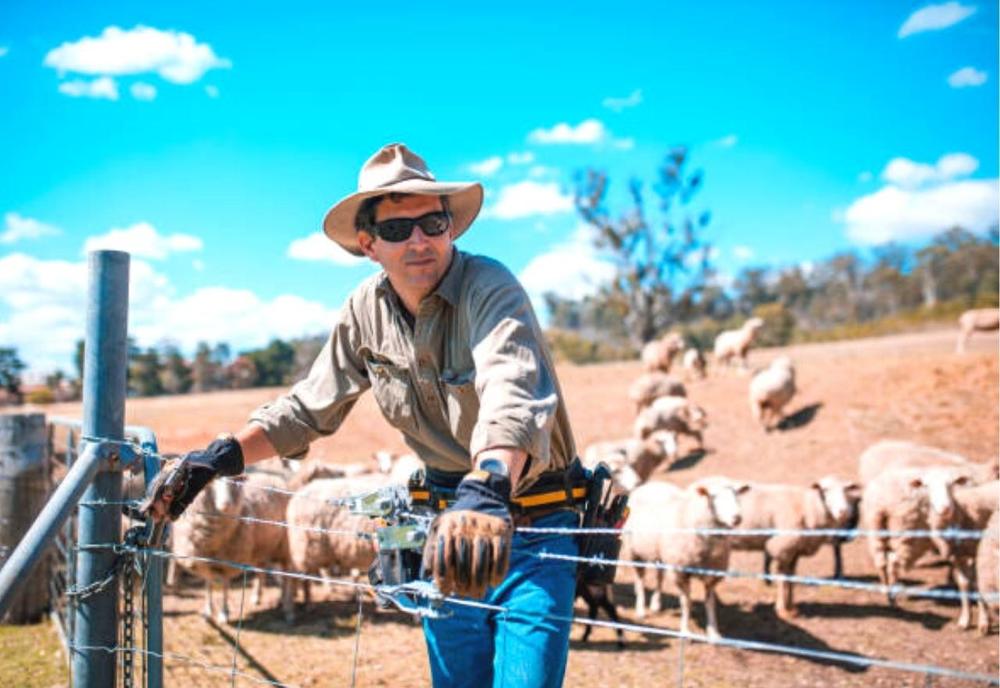Balancing council income with ratepayer cost of living
River McCrossen
09 October 2024, 8:21 PM
 Councils will have to decide whether they want to raise rates to the maximum allowed by the NSW government. PHOTO: Western Plains App/ River McCrossen
Councils will have to decide whether they want to raise rates to the maximum allowed by the NSW government. PHOTO: Western Plains App/ River McCrossen"That'll help pay for the morning tea."
That was the reaction of Cobar Shire Council General Manager Peter Vlatko to the NSW Independent Pricing and Regulatory Tribunal's 4.3 per cent cap on rate rises in the 2025-26 financial year.
The cap, also known as the 'rate peg,' was released on 1 October and varies between 3.6 and 5.1 per cent for Local Governments Areas (LGAs) across NSW.
Mr Vlatko said the shire's peg, reduced from 4.5 per cent in the 2024-25 financial year, does not keep up with council costs.
"I can't see all our costs being less than 4.5," Mr Vlatko.
"Our rate revenue is nearly $5 million - $4 million point something - but we run a business of around $50 million. My wage bill is around $11, $12 million."
IPART expects that the average council's base costs in 2025-26 will rise 3.6 per cent.
| LGA | 2025-26 | 2025-24 | % CHANGE - FY 2024/25 to FY 202526 |
| Coonamble | 4.7 | 4.5 | +0.2 |
| Walgett | 4.2 | 4.5 | -0.3 |
| Bogan | 4.1 | 4.5 | -0.4 |
| Warrumbungle | 4 | 4.5 | -0.5 |
| Brewarrina | 5.1 | 4.5 | +0.6 |
| Bourke | 5 | 4.5 | +0.5 |
| Cobar | 4.3 | 4.5 | -0.2 |
| Narromine | 4.2 | 4.5 | -0.3 |
| Gilgandra | 4.2 | 4.5 | -0.3 |
| Warren | 4.1 | 4.5 | -0.4 |
| Lachlan | 4.3 | 4.5 | -0.2 |
Councils can apply for an exemption to raise their peg.
Mr Vlatko said the shire's new councillors, sworn in on 26 September, will need to consider whether they want the council to make an application.
IPART chair Carmel Donnelly said it is up to councils to decide whether to increase their rates to the maximum.

Cobar Shire rate peg will drop by 0.2 per cent in the 2025-26 financial year. PHOTO: Western Plains App/ River McCrossen
“The Tribunal understands that the community has been facing significant cost-of-living pressures and we have taken this into account in our decision making. We continue to make some adjustments to the rate peg over several years to limit the impact on ratepayer," Ms Donnelly said.
"We encourage anyone that is having difficulty paying their rates bill to get in touch with their council to access pensioner concessions and other hardship support.”
IPART used a new methodology to calculate the 2025-26, which account for factors including population growth and the cost of running the 2024 local election costs.
The body applied what it calls a 'population factor' to 72 of 128 councils to factor for the cost of population increases.
In the western plains, this councils with a positive outcome from population growth included Coonamble, Bourke and Brewarrina.
The factor does not reduce the rate cap for councils with declined or stable populations.
Councils representative body Local Government NSW (LGNSW) said the new pegs recognised increasing costs facing rural councils.
“We acknowledge that times are tough for everyone right across our community,” LGNSW president Darriea Turley said
“But the reality is that costs increase for councils just as they do for other businesses and services - the cost of bitumen increases, construction costs only go up and salaries quite rightly increase every year.
"Councils need to be able to lift their rates fairly and in accordance with the wishes – and needs - of their community; otherwise they go without."



